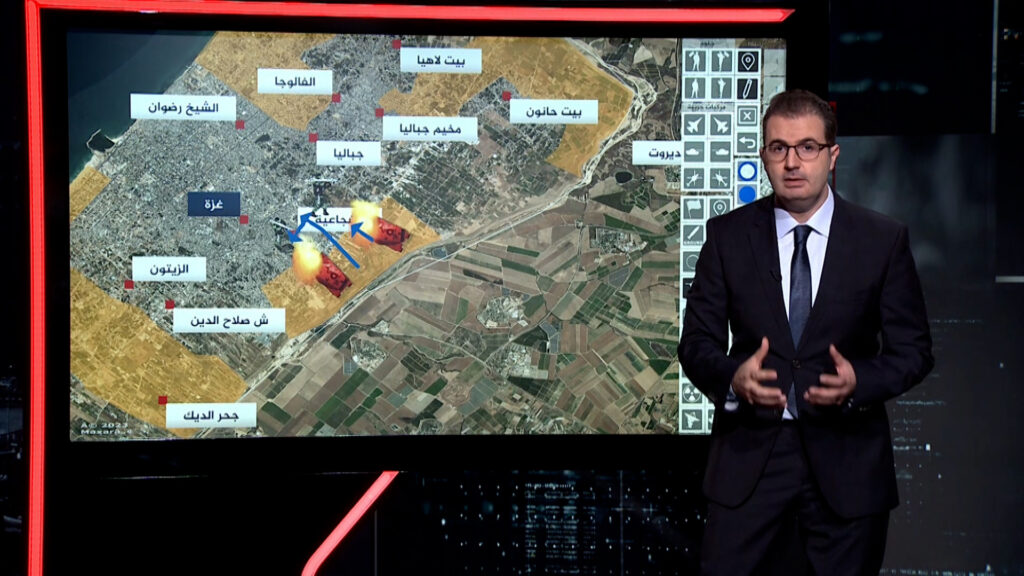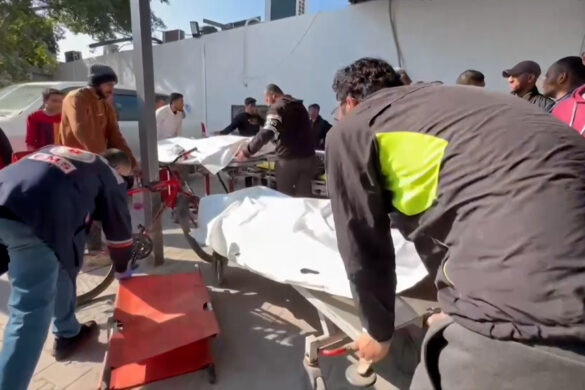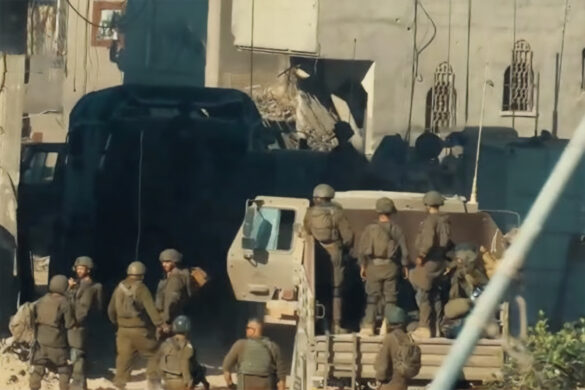The number of officers killed in the ranks of the Israeli occupation army in the current war in the Gaza Strip has risen to 119, out of 445 soldiers killed since the start of Operation “Al-Aqsa Flood” until December 14 of this year.
The percentage of dead officers reached 27% of the total number of dead soldiers, distributed as follows: 5 colonels, 8 lieutenant colonels, 43 majors, 41 captains, and 11 lieutenants, and 60 of these officers were from elite teams.
According to a report broadcast by Tel Aviv Tribune by journalist Mahmoud Al-Kin, the “Gideon Strategy” was developed in 2015 under the supervision of Benny Gantz, who was then Chief of Staff of the occupation army, and aims to make the Israeli army forces smaller in terms of human numbers but more technical and deadly.
Before that, the occupation army had adopted a strategy based on making the army’s ranks composed of combat units at the brigade level instead of the division.
Why is the number of dead officers high in the ranks of the Israeli army? #Gaza_War? pic.twitter.com/JzcIGcKha9
– Tel Aviv Tribune Channel (@AJArabic) December 14, 2023
The Israeli army no longer sees – according to the Tel Aviv Tribune report – that the real threat comes from fighting in open areas with the regular forces of countries, “as it no longer poses a threat to Israel, at least in the short term, but rather is classified as armed groups within an irregular war.”
Therefore, the formation of the combat group decreased from the level of the division to the brigade. In 2011, the occupation army began to form a new formation of the infantry forces, in which the brigade was divided into 6 battalions distributed among the following categories: infantry, armor, artillery, and engineering.
This formation allows the battalion to call on the Air Force or the Marine Corps for support, while the brigades form command and control centers that communicate with other centers.
This sequence requires the presence of officers on the ground to lead smaller formations in the field, and the goal is speed of movement and quick decision-making without the need to always return to a central command to make decisions, “which may be a reason for an increase in the death rate among officers compared to soldiers.”




